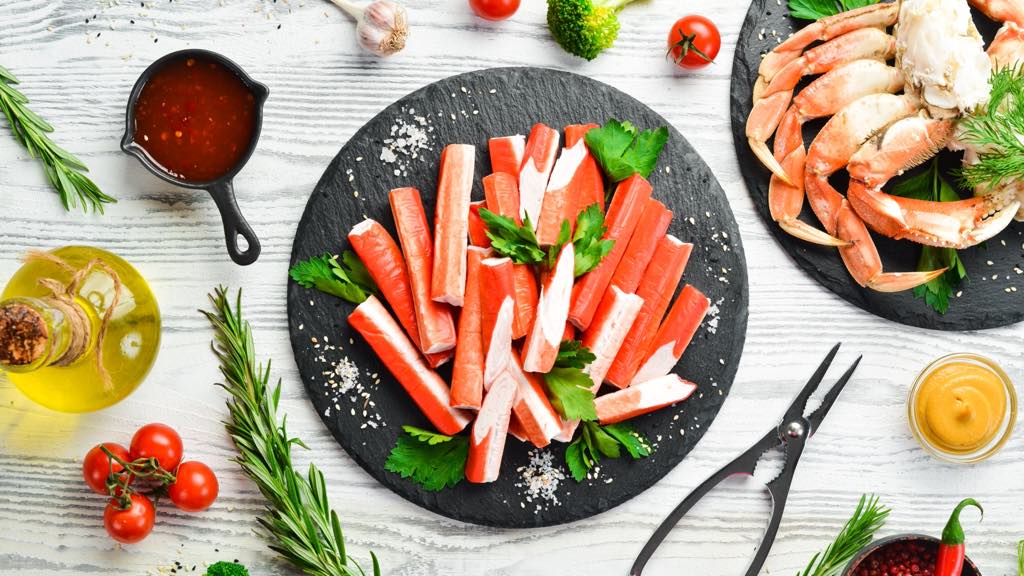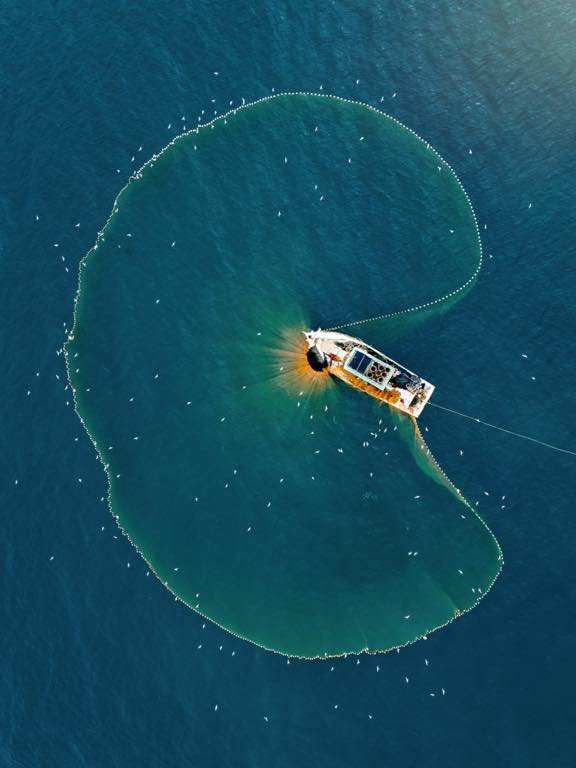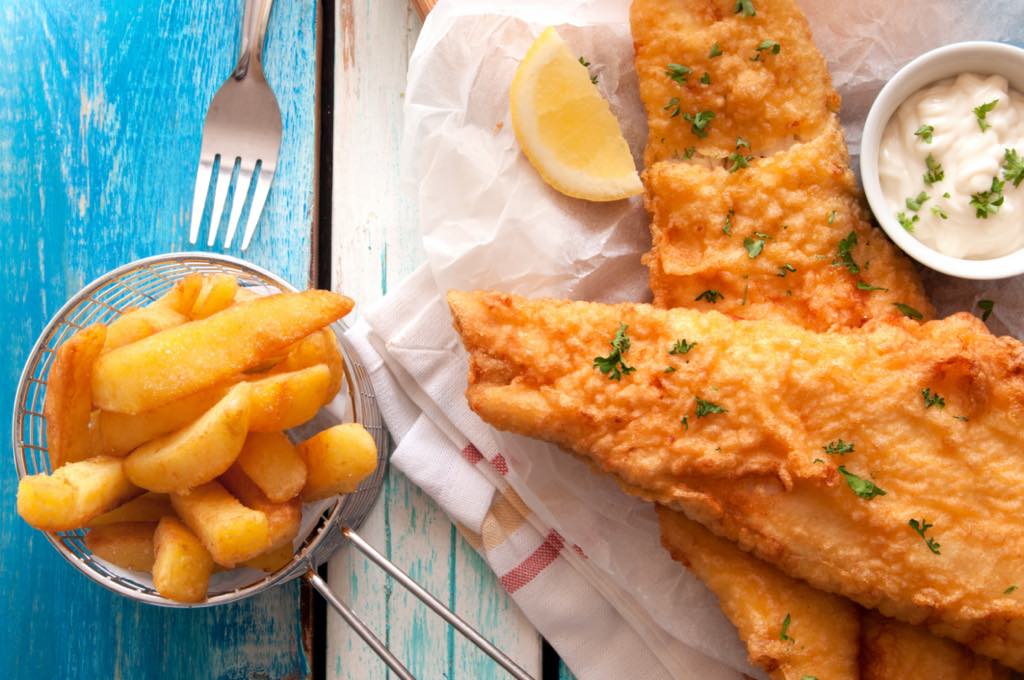Nederlands
English
Deutsch
Français
Whiting is not the type of fish often featured on billboards in fish shops. However, whiting is a common fish mainly processed in fish dishes or used for the famous “kibbeling” (deep-fried fish). The reason why shops do not flaunt the word ‘whiting’ is because its low price often carries negative connotations. At Mooijer-Volendam, we feel this is completely unjustified, and we will explain why in this article.
Are you looking for high-quality whiting and would you like to know more about this product? This article will tell you everything there is to know about whiting, where and how it’s caught and its subsequent processing. To order your whiting now, simply click on: buy whiting.
Topics covered in this article include:
Whiting is a ray-finned fish belonging to the cod family. Whiting is also known among fish traders by its Latin name Merlangius Merlangus. It is an inexpensive fish that is often caught together with cod. Whiting is found in the Atlantic Ocean, Arctic Ocean, North Sea, Black Sea, and Mediterranean Sea.
On average, whiting grows to 25 centimetres but can grow up to 70 centimetres long. The fish has a greenish-blue back and silver flanks; these turn white when the whiting has died. Whiting is recognised by the three distinctive dorsal fins that significantly vary in size and its almost straight-edged tail fin.

As a saltwater fish, whiting lives mainly in temperate climates. Like cod, whiting is often found close to the seabed, where it eats crustaceans, molluscs, sand eels, sprat, herring and other fish. The depth from the water surface where the fish swims is usually no more than 30 to 100 metres, so whiting is found mainly in shallow coastal waters. Hence, the fish is very easy to catch. Whiting has a non-endangered IUCN status.
There are different species of whiting. ‘Regular’ whiting comes from the French Channel and the North Sea and mainly serves fresh markets in the Netherlands. Another species is the blue whiting, caught by larger ships on the west coast from Ireland to Iceland. Blue whiting has a true blue colour, which changes to grey when the fish is dead. Blue whiting cannot be bought as fresh fish at the fishmonger but mainly serves as industrial fish. For example, blue whiting is processed into fish flour and surimi.

There are some whiting fishing vessels in the Netherlands that specifically fish for whiting only, but almost all Dutch fishing vessels catch whiting. Because whiting is very easy to catch, the fish is often a by-product of other ships. Instead of being wasted or discarded, whiting is kept separate and delivered to wholesalers.
Although whiting is truly a delicacy, it is still not considered a high-value product. In fact, whiting used to be thought of as ‘fish for cats’. So how did it get that image?
The fact that whiting is widely available and easy to catch are two of the reasons why whiting is not an expensive fish. On top of that, whiting is a relatively sensitive fish, and its tender flesh is damaged easily. Damaged fish spoil faster, which soon makes them worthless.
Often, whiting was handled too carelessly on fishing boats and thus had a low status in the Dutch fish market. For this reason, the fish was always processed into other products, turned into delicacies or even used as cat food. This image still lingers in the Netherlands, which is why most whiting caught in our country is exported. But in France, for example, whiting is a highly sought-after consumer fish.
People are becoming increasingly aware of our shortages in the sea. Today, we no longer have the luxury of seeing whiting as an annoying by-product. And that’s good news! Because by treating the ever-so-delicate whiting more carefully, the quality of the little fish is preserved better, and in the long run, we will be able to enjoy more delicious fresh whiting in the Netherlands as well.
Whiting can be caught all year round, but this is not done nowadays. For example, the fish are left in peace as much as possible during the spawning period. The best period for whiting is in winter. During the winter months, the fish are wonderfully fat and roe-free. Unlike genuine summer fish such as mackerel and sea bass, which leave for deeper waters or warmer places when winter starts, whiting, as a typical winter fish, comes to the coasts.
Whiting processed in the Netherlands is mainly caught in the French Channel, which connects the southern North Sea with the Atlantic Ocean. During the summer months, whiting swimming around in the French Channel is a lot leaner and full of roe; then, the fish are mainly caught in the North Sea.

Whiting fishing has become increasingly more sustainable over the past few years due to revised TACs (catch limits), seasonality and adjusted fishing method(s). Today, for instance, whiting is mainly caught using the flyshoot method, a very sustainable method that involves minimal seabed disturbance and uses much less fuel.
In terms of fish quality – of whiting in this case – the main advantage of the flyshoot method is that the net is no longer towed but instead pulled towards the vessel. With this sustainable fishing technique, the fish arrive on board alive and undamaged, with the mucus layer still fully intact. This is very beneficial for delicate fish such as whiting and mackerel. The flyshoot method is also increasingly used for fish such as dab, plaice, squid, sea bass and cod.
Whiting can be processed in different ways, filleting the whiting being the most common of these. This can be done in two ways: for example, the fish can be filleted by ‘butterflying’ it so that the two sides remain joined on the back. So when you unfold the whiting fillets, they are shaped like butterflies. Whiting can also be filleted the ‘regular’ way, as is usual with dorado or sea bass. In that case, the whiting consists of two separate fillets often used for deep-frying.
The traditional way of preparing whiting involves only removing the whiting’s head, intestines and tail and then frying it on all sides. Whiting is still prepared this way in typical Dutch coastal towns such as Scheveningen and Katwijk.
The Dutch “lekkerbekje” (gourmand) is very similar to deep-fried fish fillets used for the famous English fish and chips. In England, the same applies as in the Netherlands: cod is used for the really good gourmand, but this more exclusive – and therefore more expensive – type of fish is regularly substituted with cheaper haddock, hake fillet or whiting.

Have we sparked your enthusiasm for whiting, and would you like to buy high-quality whiting? Then you have come to the right place. As a fish wholesaler, Mooijer-Volendam sets high quality standards and, therefore, also for our whiting products. Our regular fish suppliers deliver fresh whiting of AAA quality to our customers several times a week.
Do you also want to buy the best whiting? Mooijer-Volendam distinguishes itself as a fresh fish wholesaler by delivering absolute top-quality whiting. Once customers have experienced the taste of Mooijer-Volendam, they often don’t want anything else.
That is why more and more customers choose us as a wholesaler for the catering industry or fish shops, Asian shops, speciality shops and large retailers.